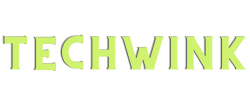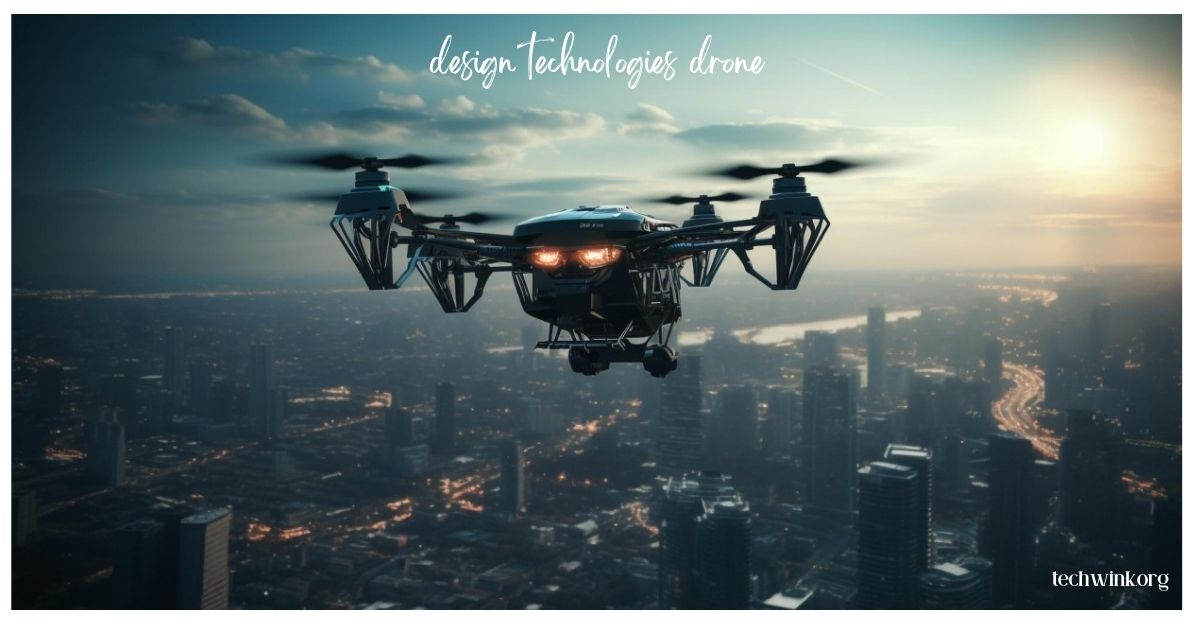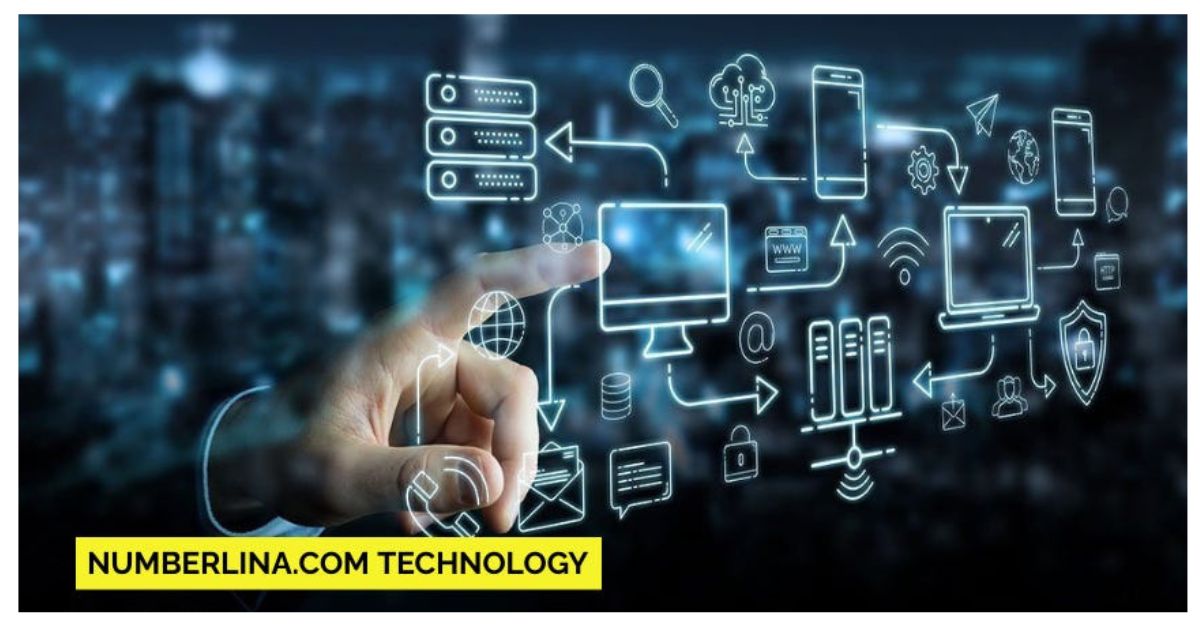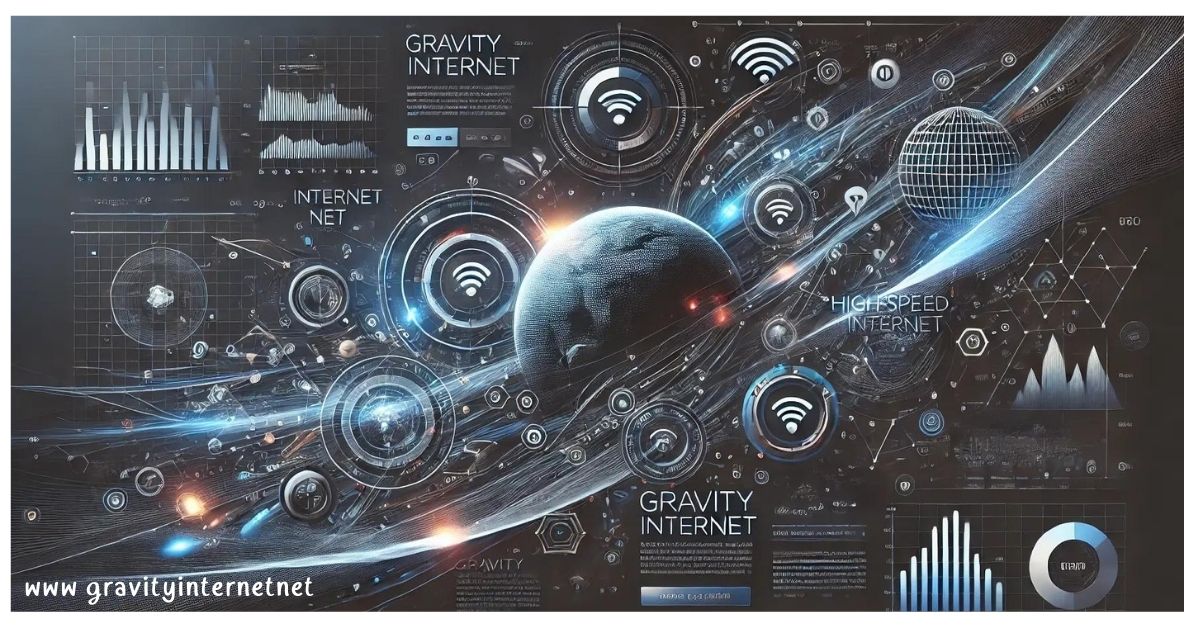In the rapidly evolving digital world, secure and efficient identification methods are paramount. One such identifier that has been gaining attention is “U231748506.” This unique identifier is part of a broader system designed to streamline processes, ensure security, and enhance the efficiency of digital transactions and records. This article will explore the significance of U231748506, its applications, and the future implications it holds for digital security and identification.
What is U231748506?
It is a unique digital identifier that plays a critical role in various systems, particularly in the realms of digital security, authentication, and data management. This identifier can be assigned to individuals, organizations, devices, or even transactions, serving as a unique marker that ensures the correct identification and traceability within a digital ecosystem. The specificity and uniqueness of U231748506 make it a powerful tool in preventing errors, fraud, and unauthorized access.
The Importance of Unique Identifiers in Digital Systems
In today’s interconnected world, unique identifiers like U231748506 are essential for maintaining the integrity of digital systems. They ensure that each entity—whether it’s a person, a device, or a transaction—is distinctly recognized, reducing the risk of duplication, misidentification, and security breaches. These identifiers form the backbone of secure systems, enabling precise tracking, auditing, and verification processes.
Applications in Digital Security
The U231748506 identifier is particularly valuable in digital security. Here are some of its key applications:
- Authentication Processes: It can be used in authentication systems to verify the identity of users, devices, or transactions. By ensuring that each entity has a unique identifier, systems can accurately confirm identities and prevent unauthorized access.
- Data Integrity and Traceability: It is crucial in maintaining data integrity. It allows for the precise tracking of data across different systems, ensuring that information remains consistent and traceable back to its original source.
- Fraud Prevention: Unique identifiers like U231748506 are instrumental in preventing fraud. By ensuring that each transaction or action is linked to a specific identifier, it becomes easier to detect and prevent fraudulent activities.
Role in Data Management
Beyond security, it plays a significant role in data management. In large databases and information systems, unique identifiers are essential for organizing, retrieving, and managing data efficiently. Here’s how U231748506 contributes to this process:
- Efficient Data Retrieval: U231748506 helps in the quick and accurate retrieval of data. By assigning a unique identifier to each data entry, systems can easily locate and access specific information without confusion or delay.
- Data Organization: In complex databases, U231748506 acts as a key to organizing data. It enables systems to categorize and sort information systematically, facilitating easier management and analysis.
- Error Reduction: The use of U231748506 minimizes errors in data handling. Since each identifier is unique, the chances of misidentification or duplication are significantly reduced, leading to more reliable data management processes.
In Financial Transactions
The financial sector heavily relies on secure and accurate transaction processes, making U231748506 particularly valuable. This identifier ensures that each financial transaction is distinct and traceable, which is crucial for several reasons:
- Transaction Security: It enhances the security of financial transactions by providing a unique reference for each one. This reduces the risk of fraud and ensures that transactions are correctly attributed and processed.
- Audit Trails: In financial audits, it plays a critical role in creating a clear audit trail. Each transaction can be traced back to its source, making it easier to verify and validate financial records.
- Compliance and Reporting: Financial institutions are required to comply with various regulations that mandate accurate reporting. It helps ensure that transactions are accurately recorded and reported, aiding in regulatory compliance.
Integration in Healthcare Systems
In the healthcare industry, the accuracy and security of patient data are of utmost importance. U231748506 is increasingly being integrated into healthcare systems to improve the management and security of medical records. Here’s how it’s being used:
- Patient Identification :It can be used as a unique identifier for patients, ensuring that their medical records are accurately linked to them. This reduces the risk of medical errors and improves the quality of care.
- Secure Data Sharing: Healthcare providers often need to share patient data securely across different systems. It ensures that this data remains secure and traceable, facilitating safe and efficient data sharing.
- Medical Research: In medical research, it can be used to anonymize patient data while still allowing researchers to track and analyze trends. This helps protect patient privacy while enabling valuable research.
Challenges in Implementing U231748506
While U231748506 offers numerous benefits, its implementation is not without challenges. These include:
- System Integration: Integrating U231748506 into existing systems can be complex, particularly if those systems were not initially designed to accommodate unique identifiers.
- Data Migration: When transitioning to a system that uses U231748506, existing data may need to be migrated and assigned unique identifiers. This process can be time-consuming and requires careful planning to avoid errors.
- Privacy Concerns: Although U231748506 enhances security, there are concerns about how these unique identifiers are managed and who has access to them. Ensuring that privacy is protected while using U231748506 is a critical challenge.
The Future of U231748506
Looking ahead, the role of U231748506 in digital identification and security is likely to expand. As more industries adopt digital solutions, the demand for secure and efficient identification methods will continue to grow. Future developments may include:
- Enhanced Security Features: As technology evolves ,it could be integrated with more advanced security features, such as biometric data or blockchain technology, to further enhance its effectiveness.
- Wider Industry Adoption: Beyond its current applications ,it could be adopted by additional industries, including retail, logistics, and government, where secure identification and data management are crucial.
- Global Standardization: There may be efforts to standardize the use of unique identifiers like U231748506 globally, making it easier for systems to interact and share data securely across borders.
Conclusion
U231748506 represents a significant advancement in digital identification and security. Its applications across various industries, from financial services to healthcare, demonstrate its versatility and importance. While there are challenges in its implementation, the benefits of using it far outweigh the drawbacks, particularly in terms of security, efficiency, and data management. As the digital landscape continues to evolve, it will likely play an increasingly central role in ensuring that systems remain secure, reliable, and efficient.
FAQs
What is U231748506 used for?
It is a unique digital identifier used for secure identification, data management, and transaction tracking across various digital systems.
How does U231748506 improve security?
It enhances security by providing a unique identifier for each entity, reducing the risk of duplication, misidentification, and fraud.
In which industries is U231748506 most commonly used?
It is commonly used in digital security, finance, healthcare, and data management systems.
What are the challenges of implementing U231748506?
Challenges include system integration, data migration, and addressing privacy concerns related to the management of unique identifiers.
What is the future of U231748506 in digital systems?
The future of U231748506 includes potential enhancements in security features, wider industry adoption, and possible global standardization efforts.











